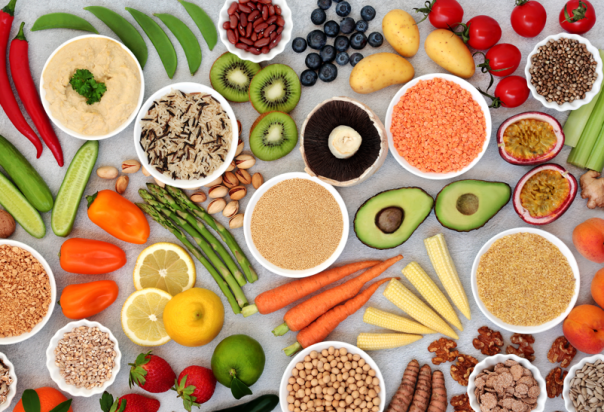
Researchers believe that a currently over-consuming 56.9% of the global population would save 32.4% of global dietary emissions by changing their diet to the planetary health diet proposed by the EAT-Lancet Commission.
This study shows that affluent countries consume high-emission diets but display relatively lower levels of inequality, while many poor countries tend to have diets with lower emissions but higher levels of inequality.
Dr Yuli Shan, from the University of Birmingham, commented: “Compared to plant-based products, animal-based products show greater potential for reducing emissions. We should look to reduce over-consumption of emission-intensive products in affluent countries, such as beef in Australia and the US especially for wealthy consumer groups who are overconsuming, which would help to achieve significant health and climate benefits.”
The researchers say that introducing incentives, such as carbon pricing, eco-labelling and expanding the availability of less emission-intensive products such as vegetarian foods can encourage consumers to make dietary changes.
The experts note that in countries such as Mongolia, where diets heavily rely on red meat and dairy products due to a traditional nomadic lifestyle, diet shifts may not be feasible but there is a need to improve national nutritional education.
Researchers say the composition of global food production would need to change considerably to adapt to the substantial changes in demand if the meat-to-plant pathway is to be followed.
Diet shifts would need the global supply (in calorie content) of red meat to decrease by 81%, all sugars by 72%, tubers by 76%, and grains by 50%, while that of legumes and nuts increase by 438%, added fats by 62%, and vegetables and fruits by 28%.